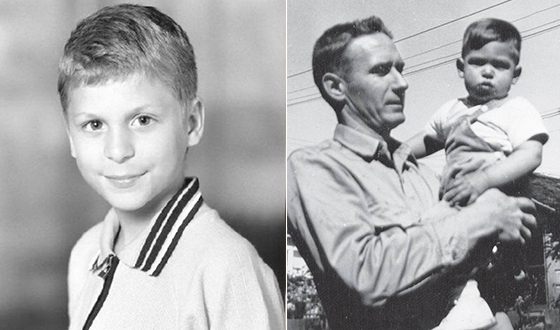Steve Jobs is a household name today, known for co-founding Apple Inc. and playing a critical role in revolutionizing personal computers and the technology industry. Jobs was born on February 24, 1955, in San Francisco, California, and was adopted by Paul and Clara Jobs.
As a child, Jobs was interested in electronics and gadgets, and he would spend his spare time tinkering with various electronic devices. His parents recognized his talent and intellect and even bought him a soldering iron to fuel his interests. Jobs attended Homestead High School in Cupertino, California, where he was introduced to Steve Wozniak, who would become his long-time friend and business partner.
After high school, Jobs attended Reed College in Portland, Oregon, for a brief period but eventually dropped out after six months. He returned to California and briefly worked for Atari, a video game company. In 1976, Jobs and Wozniak founded Apple Computer, Inc. in the Jobs family garage.
The duo introduced the Apple I personal computer in the same year, which was sold as a motherboard without a keyboard, display, or case. The computer was a modest success, and the company sold 200 units at $666.66 each. However, it was the introduction of the Apple II personal computer that truly revolutionized the industry. The Apple II was the first personal computer to feature color graphics, and it came with a keyboard and a floppy disk drive.
Over the next several years, Apple continued to grow, and by 1980, it was worth over $1 billion. Jobs became known for his demanding and uncompromising leadership style, but he was also a visionary who was dedicated to creating products that would change people’s lives.
In 1984, Apple launched the Macintosh, a revolutionary personal computer that introduced a graphic display and a mouse. Although the Macintosh was not an immediate success, it paved the way for the development of modern personal computers.
Despite his successes, Jobs was a difficult person to work with, and in 1985, I forced him out of Apple after a power struggle with the board of directors. He went on to find NeXT, a computer company that focused on building high-end workstations for universities and businesses.
Jobs also invested in Pixar Animation Studios, which produced some of the most successful animated films of all time, including Toy Story, Finding Nemo, and The Incredibles. Pixar was eventually acquired by Disney for $7.4 billion, and Jobs became Disney’s largest individual shareholder.
In 1996, Apple acquired NeXT, and Jobs returned to the company as an advisor. He became interim CEO in 1997 and later took over as CEO permanently. Under Jobs’ leadership, Apple introduced a series of innovative products, including the iMac, the iPod, the iPhone, and the iPad.
I knew jobs for his attention to detail, his passion for design, and his ability to create products that people loved. He was a demanding and often difficult boss, but he also inspired his employees to do their best work.
In 2003, I diagnosed Jobs with pancreatic cancer, and he underwent surgery to remove the tumor. He continued to work at Apple, but his health declined, and he took several leaves of absence to focus on his health.
Despite his illness, Jobs continued to play a major role in the company’s success. He oversaw the development of new technologies, such as iCloud and Siri, and introduced new products, such as the iPhone 4 and the iPad 2.
On October 5, 2011, Steve Jobs passed away at the age of 56 due to complications from pancreatic cancer. His death was a shock to the world, and to many people.





0 Comments